

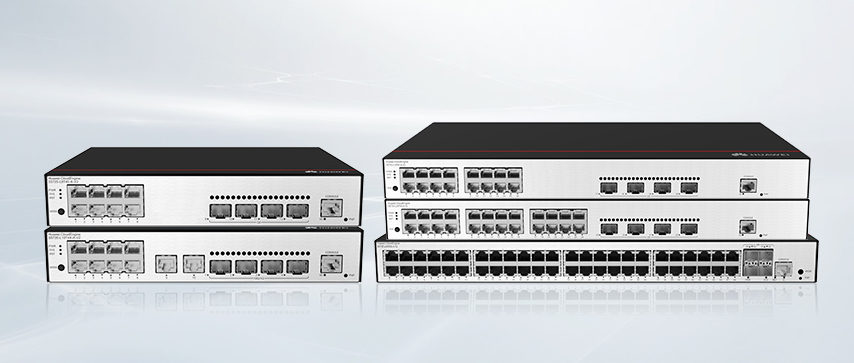
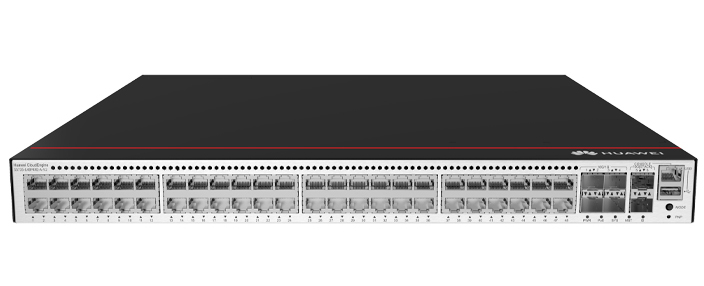
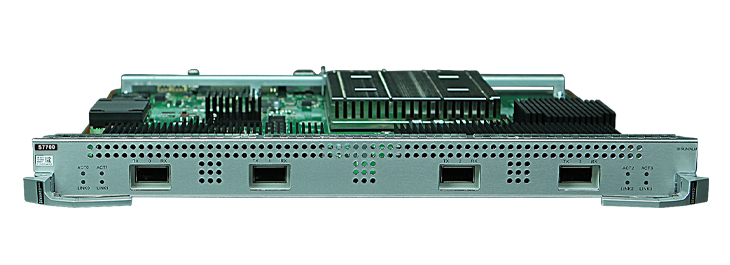

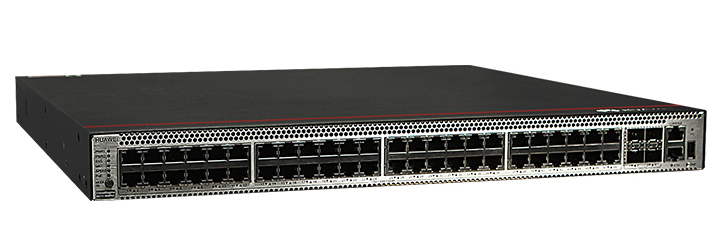
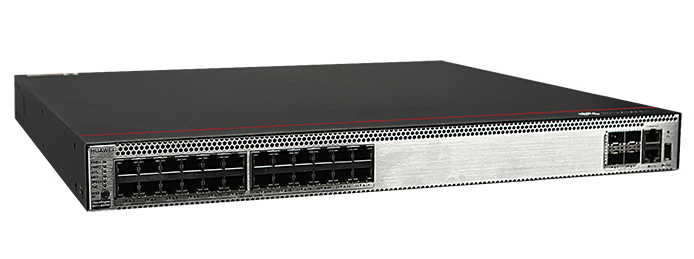
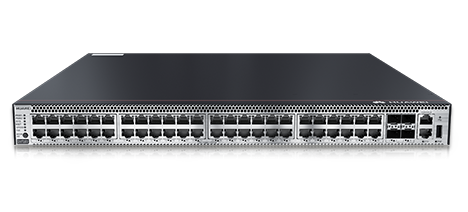
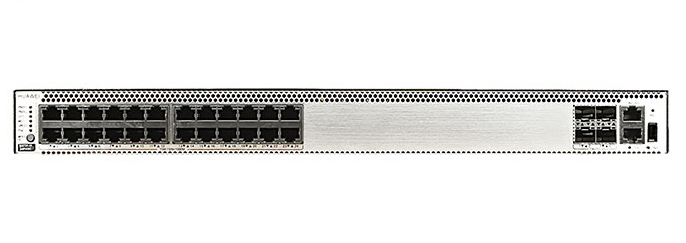
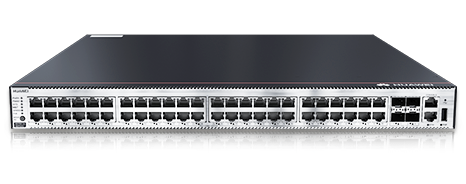
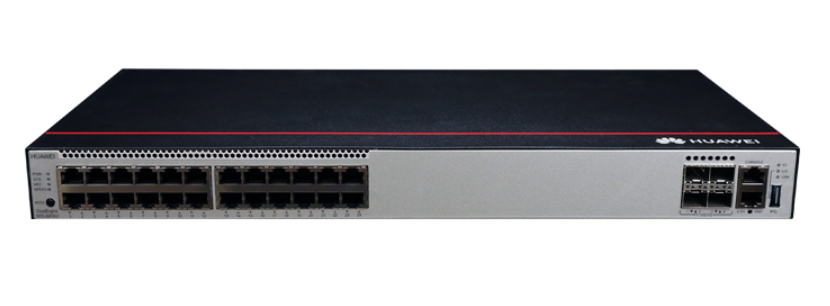



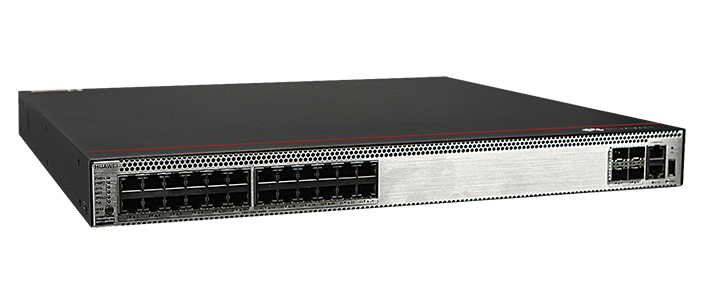
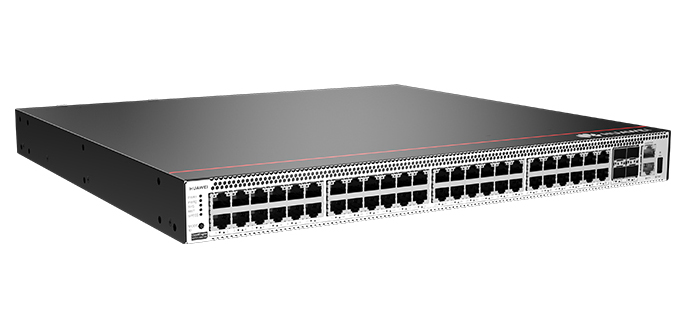
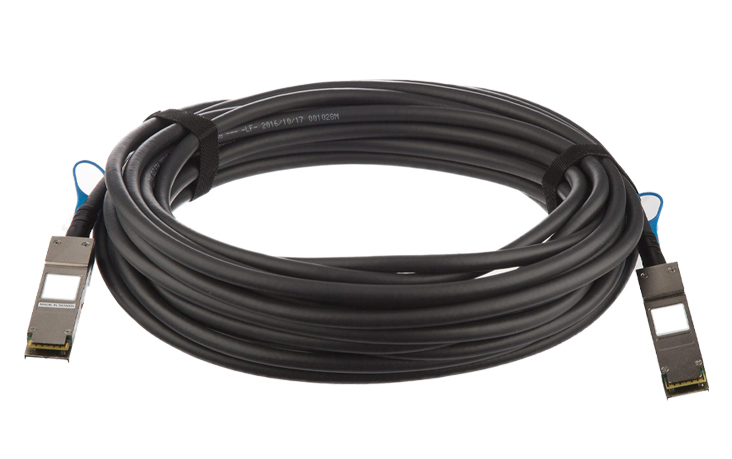
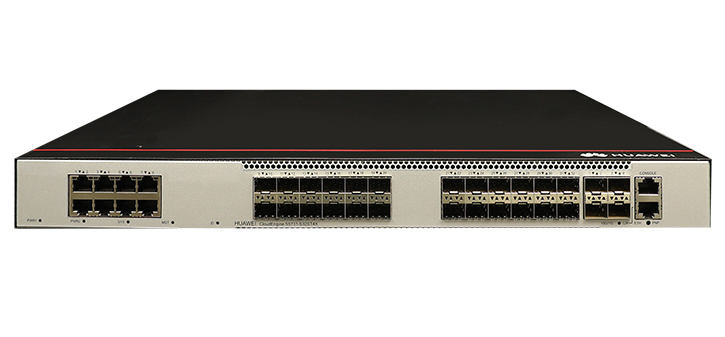
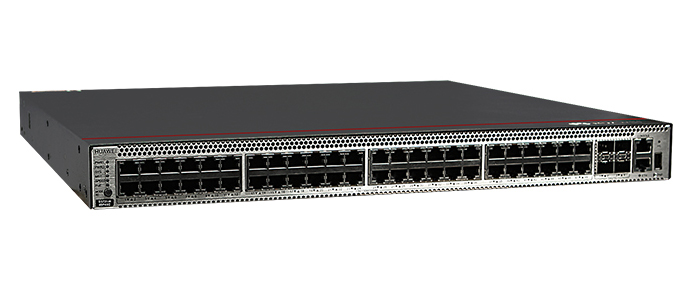
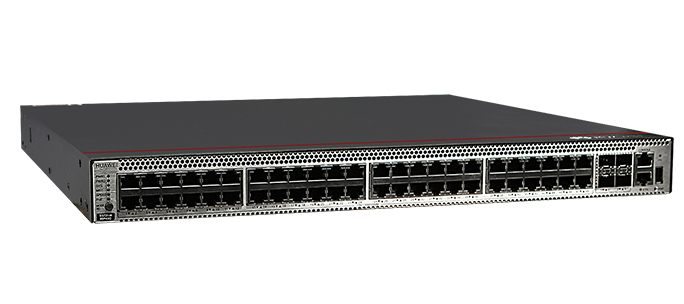

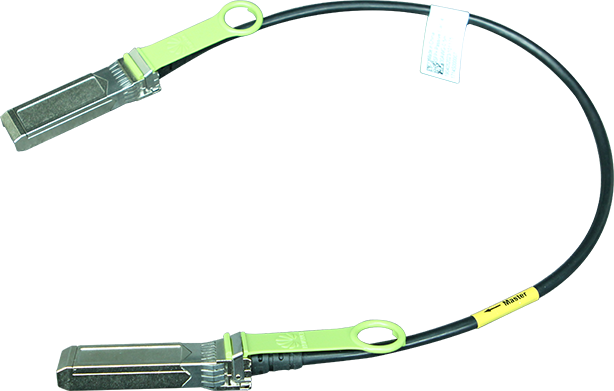
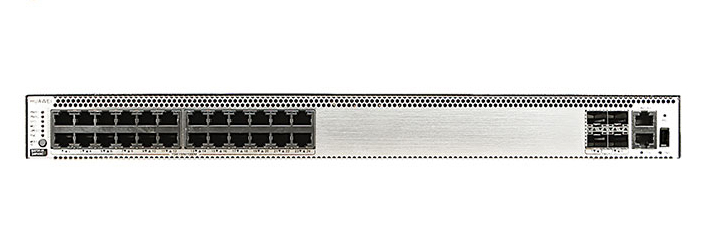
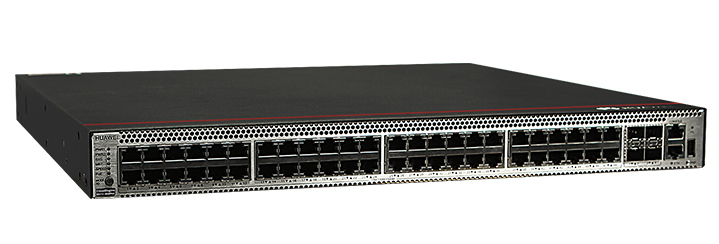
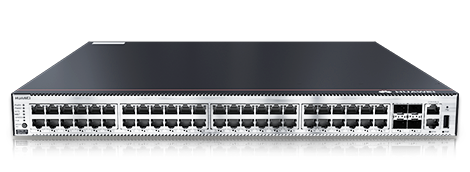

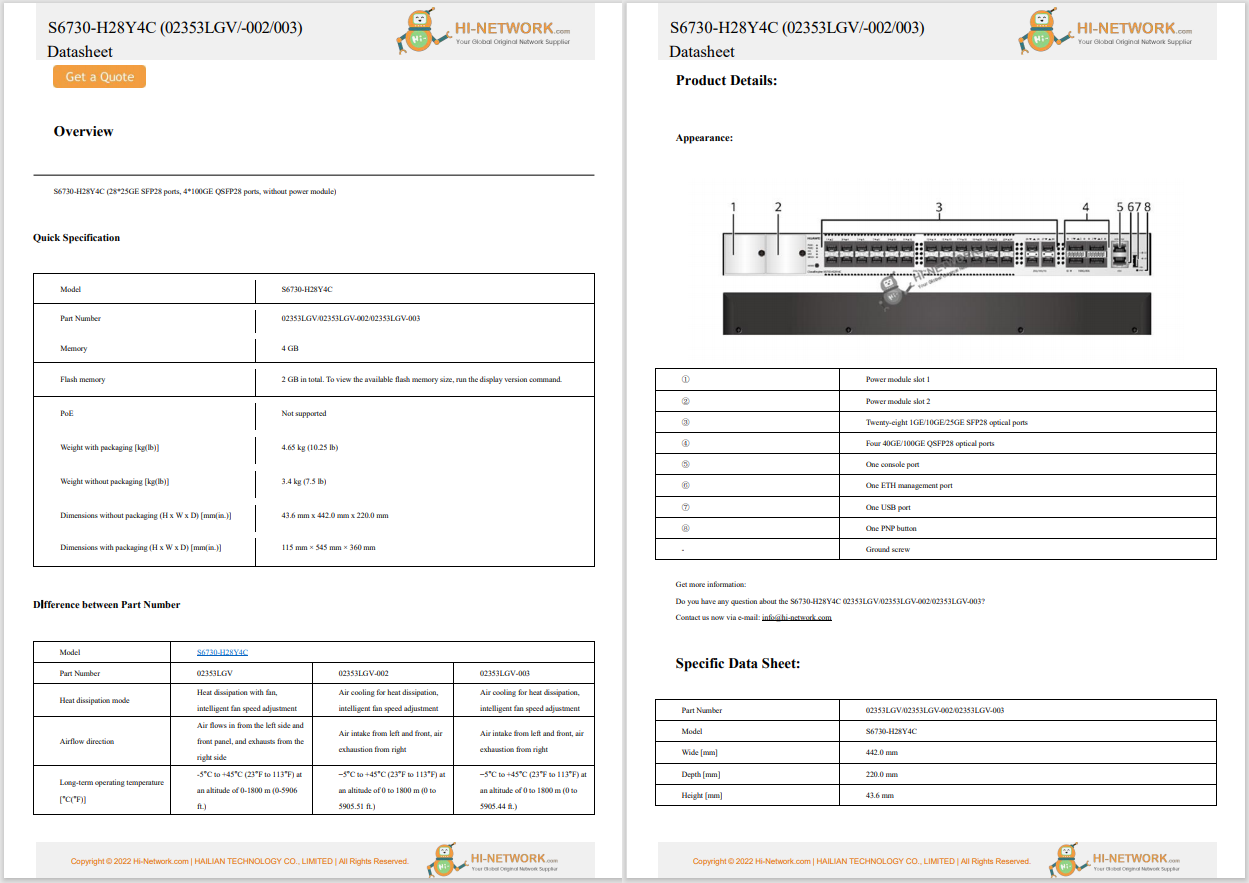

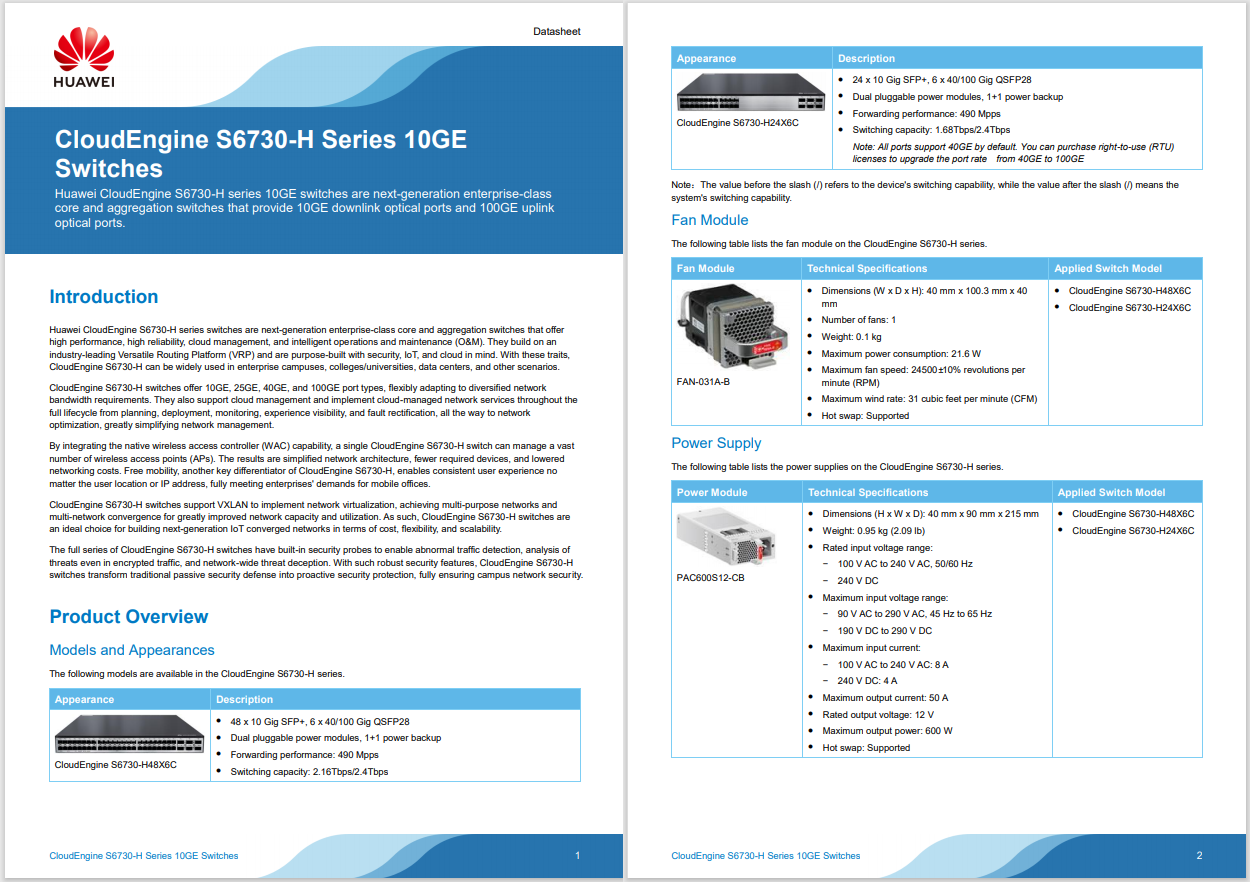
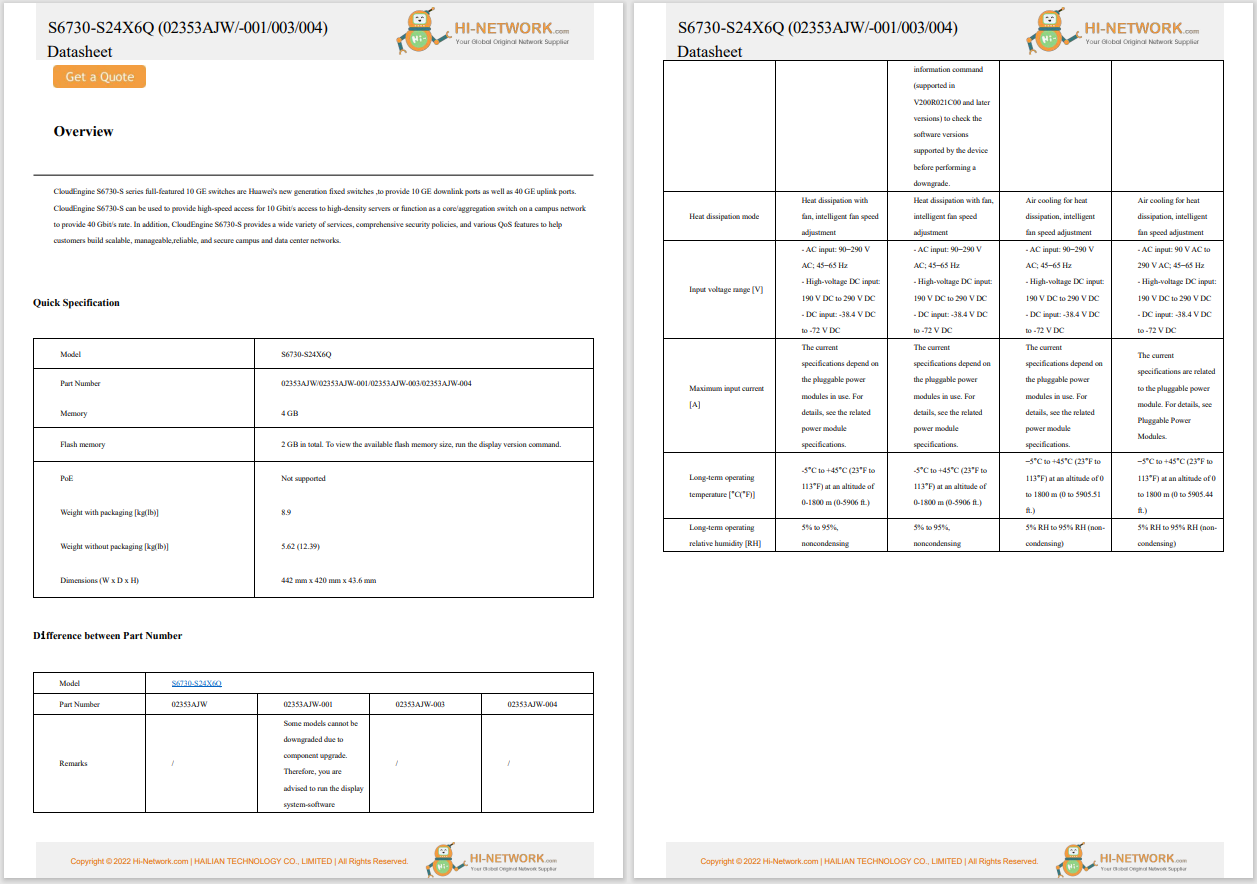


After almost every Zoom meeting, my first thought is, "That could have been an email." But some businesses and clients insist on those digital face-to-face meetings and I can't fault them for that.
When I'm at my desktop, I've used a Razr webcam that just happens to support Linux but not MacOS. Because of that, I've avoided using my MacBook Pro (M1) for any meeting that requires video. The MacBook's webcam doesn't meet my standards. The color is generally off, the low-light capability is terrible, and I hate dealing with the angles associated with having a camera attached to a laptop lid.
That's why using an external webcam for a MacBook is so appealing to me, and when I was sent theEmeet Pico+ , I was more than happy to give it a try.
The little device -- which looks like it would be right at home on a keychain (think Tomagatchi) -- is surprisingly good.
This tiny webcam offers much better video quality than a MacBook Pro (M1) and is tiny enough to easily pack with yoiu.
With peripherals like webcams, you never know if you'll need to install drivers to get them to work. To my surprise, I connected the Pico+ to my MacBook, and it was immediately detected. I didn't have to do anything. Yes, there's the Emeet Studio app that can be installed, but I didn't bother with it because Zoom and Google Meet worked just fine with the camera.
The Pico+ does 4K video at 30 fps or 1080p at 60 fps. For most Zoom meetings, 1080p at 60 fps is your best bet for smoothness. The device sports two cameras, one standard and a second that features AI-powered autofocus, which I found to be effective, even though it isn't quite as fast as other cameras. There's also a bit of "focus breathing" -- the term for that perceptible change in the angle of view and magnification of the image when a camera changes focus from close subjects to distant ones (or vice versa). In very good cameras, you don't see focus breathing but with lesser-powered cameras with weaker sensors, the breathing is obvious.
That's me in a solo Zoom meeting for testing purposes.
The good news is that for applications like Zoom meetings, you don't have to worry much about focus breathing because you're the subject and you'll probably remain in the same place and on the same focal plane.
The thing that especially impressed me was the camera's ability to work in lower-light settings. I shut off the light in my office, so there was only ambient lighting from two external windows and the image was just as clear as it was with the giant overhead LED light.
Also: This secret Pixel camera feature makes your photos appear more vibrant - how to enable it
The one area where the Pico+ didn't beat the MacBook Pro was sound. I found the Pico+ sound to be fairly flat, with exaggerated mids that made it sound cheap, whereas the MacBook Pro mic had a richer, more accurate sound. That's not to say the Pico+ sound was bad... but if you're an audio nerd like me, you'll find it lacking. The good news: Using the Emeet Studio app (for MacOS and Windows), you can adjust the sound to vastly improve the default.
If your laptop's built-in camera isn't cutting it for you, theEmeet Pico+ at $89 is a great option, especially if you use it in conjunction with the Emeet Studio app, where you can eke out a bit more performance for video and sound. Not only does this tiny webcam offer superior video quality, but it also gives you more freedom of movement and angles than the camera embedded in the lid of your laptop.
Also: This handy phone accessory is my new must-have for work and travel
Because the Pico+ is so small (and includes an adorable panda bear lens cover), you can pack it with you and have high-quality video for your Zoom meetings anywhere. And because this is truly a plug-and-play device, setting the Pico+ up is as easy as it gets.
 Tags quentes :
Home & Escritório
Tags quentes :
Home & Escritório